2019 © OCCUPATIONAL HEALTH CLINICAL CENTER / 6712 BROOKLAWN PARKWAY, SUITE 204 / SYRACUSE / NY / 13211
PHONE: 315-432-8899 / FAX: 315-431-9528 / EMAIL: CNYOHCC@UPSTATE.EDU

EMPLOYERS SHOULD PAY THE FULL SHARE OF THE COSTS OF OCCUPATIONAL
INJURIES AND ILLNESSES: LOCAL ACTIONS
Michael B. Lax, MD, MPH
May 15, 2018
What can workers and their allies do to make employers pay their fair share of occupational injuries and illnesses? Organizing or waiting for legislation or regulations to make employers pay for the costs of workplace illnesses and injuries may take years and is not guaranteed of success. In the meantime workers, unions, Workers’ Centers, health and safety professionals and activists, and other allies can be engaging in activities that can create change in other ways. Increasing workers’ safety and health knowledge and skills is a fundamental underpinning to the power workers’ need to make change at the workplace, legislatively, or via regulations. It follows logically then, that knowledge and skill building should be a central focus of efforts by worker health and safety advocates. Knowledge includes a technical component (eg assessing workplace hazards, ways to eliminate or effectively control hazards) and a rights component (ie what are workers’ health and safety rights and how can they be implemented). To make change knowledge must be translated into effective action, so it is crucial that worker education is organized around this goal. This means barriers to workplace change are explicitly identified and addressed. In order to do this the experiences of workers themselves are essential, as they are the ones able to educate the educators on what the realities of their workplaces are. It is only upon a clear assessment of those realities that effective action can be based. While basic OSH education can and should be spread as widely as possible among working people in all types of workplaces, additional education can be provided to a much smaller number of workers that gives them the ability to train others, and to serve as an OSH resource and advocate in their workplace and perhaps in their community. For this to be successful, consideration must be given not only to the content of the training, but also how to make it something people who are already limited in their free time because of their work, family and other obligations, will find appealing and worth their time. In addition, structures need to be in place to ensure ongoing communication and support of trainees. Newly minted workplace OSH advocates may need additional training, as will need support dealing with the issues they are called to confront. The provision of OSH training presupposes an organization or organizations capable of carrying it out. In our community a variety of organizations do this work or aspects of it. Existing efforts would be amplified by all of those involved coming together to collaborate on a joint plan and strategy. This would include local labor unions, Worker Center, Occupational Health Clinic, and safety and health training organization. Besides pooling and maximizing resources, the strengths of such a collaboration would include an increased ability to compete for additional funding from grant and other sources, and greater potential clout when approaching employers, government bureaucrats, and politicians. Beyond these benefits a collaborative organization could conceive and carry out other projects with the aims of empowering workers, and of convincing legislators and regulators to undertake efforts to make employers pay their share of workplace illnesses and injuries. Examples of some organizational activities could include: 1. Serving as a support for workers trying to change conditions at a particular workplace. Support could include helping strategize action, participating in meetings with the employer, and public campaigns to draw attention to the issues raised by workers. 2. Providing opportunities for workers from different workplaces or industries to come together and share experiences and strategies 3. Gathering data and publicizing area workplaces with patterns of workplace injuries and illnesses 4. Publicizing worker experiences with the Workers’ Compensation system and abusive employers 5. Create and advocate for best practices to eliminate/reduce workplace hazards as an alternative to reliance on OSHA standards, or lack of them A collaborative group could also marshal its resources for political purposes. It could develop a workers’ health and safety legislative/regulatory agenda, organize support for the agenda among allies statewide, and advocate for the agenda among politicians and regulators. The efforts described do not directly address the issue of requiring employers to pay the full costs of workplace illnesses and injuries. Instead they provide the precondition or platform on which a more direct campaign can be built.


2019 © OCCUPATIONAL HEALTH CLINICAL CENTER / 6712 BROOKLAWN PARKWAY, SUITE 204
/ SYRACUSE / NY / 13211
PHONE: 315-432-8899 / FAX: 315-431-9528 / EMAIL: CNYOHCC@UPSTATE.EDU

































